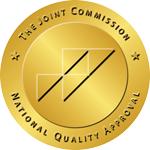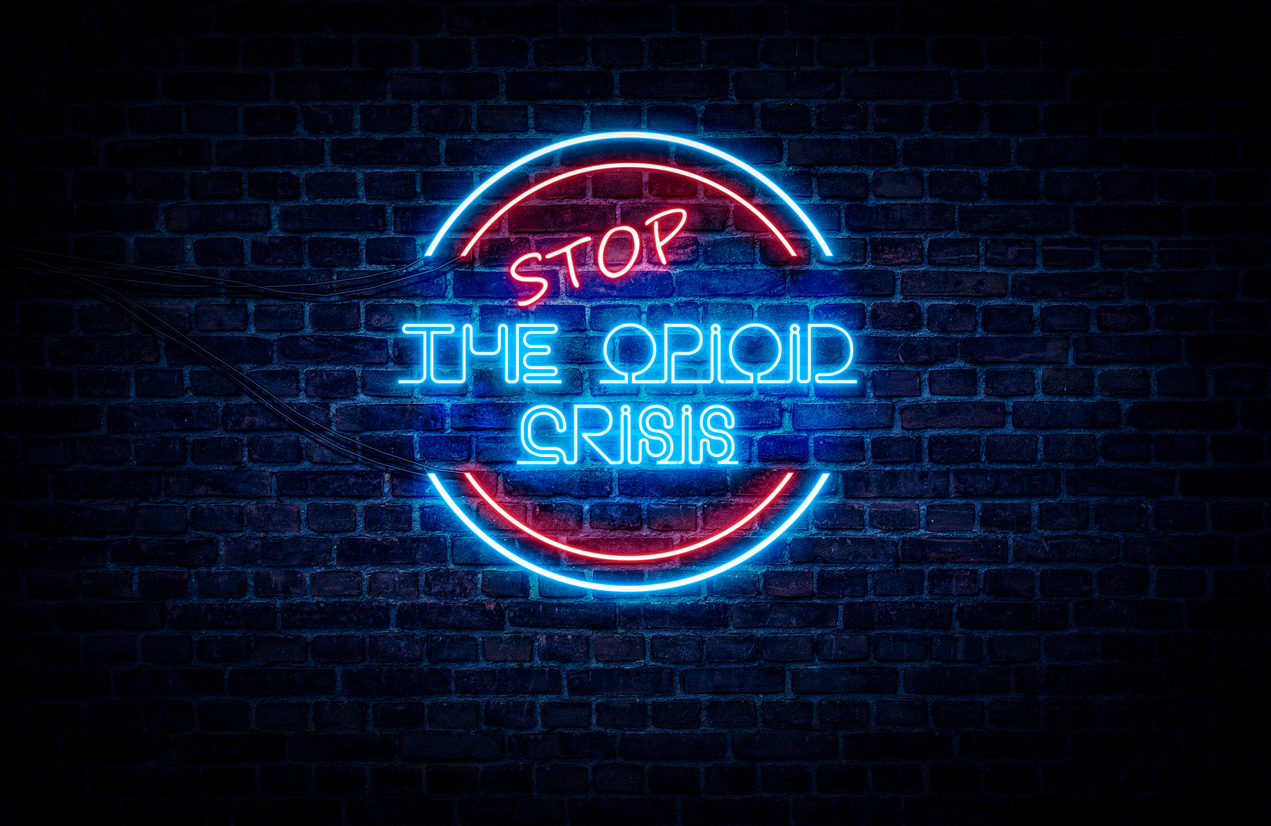According to the National Institute on Drug Abuse (NIDA), every day more than 130 people in the United States die after overdosing on opioids. This number has skyrocketed in the past five years, and many people blame the opiate crisis of the early 2000s for both the rise in addiction as well as the increase in opiate overdose deaths. When we look at the history of opiate misuse and addiction, we can see a little more clearly how the opiate crisis is related to the issue of addiction and overdose today.
History Of Prescription Opiate Abuse
The misuse and abuse of prescription opiates began to take hold in the late 1990s. It was during this decade that pharmaceutical companies really began marketing their prescription painkillers, and many believe the manufacturers covered up the addictiveness of these medications in order to sell their product. The result was a huge spike in the prescribing of various opiate painkillers as more and more people found effective pain relief from the medications. What people didn’t know at that time was how addictive many of these opiates really were, and as the number of prescriptions increased, so did the number of those dependent on and addicted to the drugs.
The opiate epidemic created more addiction because individuals who had no history of drug abuse or addiction were now finding themselves dependent upon their medication. Because this had not been a problem before, there was a great deal of misunderstanding surrounding opiate addiction, and many people were ashamed and tried to hide their problem. The number of addicted people rose steadily, but this was not just among people who have legitimately prescribed prescription opiates. Individuals who had considered experimenting with drugs but were afraid to in the past were convinced to try prescription painkillers. The fact that the drugs could be prescribed by a doctor made them seem safer and more appealing to many.
Others began taking advantage of the opiate boom as well. Soon, individuals who abused other drugs began turning to prescription opiates because they were cheaper and easier to obtain than many street drugs. Our country was now experiencing an opiate epidemic that was being fueled by the over-prescribing and under-monitoring of addictive medications. Some of these people were already suffering, but others were first-time drug abusers who either fell into dependency unknowingly or took advantage of inexpensive, easily obtainable drugs.
National Statistics For Opiate Addiction
National statistics about the relationship between prescription opiate use and other drug abuse:
- Roughly 21 to 29 percent of patients prescribed opioids for chronic pain misuse them, and between 8 and 12 percent develop an opioid use disorder (NIDA).
- An estimated 4 to 6 percent who misuse prescription opioids transition to heroin (NIDA).
- Four in five new heroin users started out misusing prescription painkillers (NIH).
- It is estimated that 23% of individuals who use heroin develop opioid addiction (NIDA).
- 75% of those who began their opioid abuse in the 2000s reported that their first regular opioid was a prescription drug (JAMA Psychiatry).
- 94% of respondents in a 2014 survey of people in treatment for opioid addiction said they chose to use heroin because prescription opioids were “far more expensive and harder to obtain” (JAMA Psychiatry).
Opiate Addiction Statistics And Overdose Rates In Ohio
Ohio was effected badly by the opiate crisis and is considered “ground zero” for the opioid epidemic devastating the nation. According to OSU extension, There were 3,050 deaths in Ohio due to opioids in 2015, ranking Ohio number one in the nation. With an office located in all 88 Ohio counties, OSU Extension is uniquely positioned to address the prevention of opioid abuse statewide.
This Rise In Opiate Overdose Deaths
The opiate epidemic certainly increased the number of overdose deaths as well. In the early years of the opiate crisis there were relatively few overdose deaths, but this number has steadily grown since the 1990s.
One reason for the rise in overdose deaths is the lack of understanding of opiates. Some people consider prescription painkillers to be harmless, and they don’t realize how easy it is to overdose. Other people don’t understand the strength of the drugs they are experimenting with; for example, fentanyl is 50 to 100 times more potent than morphine, and carfentanil is a medication designed for large animals and is extremely potent. Still, other opiates are purchased from unreliable sources and the user can’t be sure of the ingredients or strength, yet they use the drugs anyway.
Overdose Death Statistics
According to the NIDA:
- Drug overdose deaths rose from 8,048 in 1999 to 47,600 in 2017.
- Opioid overdoses increased 30 percent from July 2016 through September 2017 in 52 areas in 45 states.
- The Midwestern region saw opioid overdoses increase 70 percent from July 2016 through September 2017.
- Opioid overdoses in large cities increase by 54 percent in 16 states.
Today, people from all walks of life are finding themselves trying and becoming dependent upon prescription painkillers, and then transitioning to street drugs like heroin or even harder drugs like fentanyl and carfentanil.
The Centers for Disease Control and Prevention reports that some of the greatest increases in heroin use have occurred in demographic groups with historically low rates of heroin use: women, the privately insured, and people with higher incomes. In particular, heroin use has more than doubled in the past decade among young adults aged 18 to 25 years. It is estimated that the total “economic burden” of prescription opioid misuse alone in the United States is $78.5 billion a year, including the costs of healthcare, lost productivity, addiction treatment, and criminal justice involvement.
Solving The Opiate Addiction Problem In Ohio
The opiate epidemic continues to be a problem in communities throughout the country, but municipalities, law enforcement, healthcare providers, schools, and other groups are working to educate the public about the dangers of opiate drug abuse and find solutions to this issue. Prevention is key to keeping this problem from growing, and treatment is necessary to help those already struggling with addiction.
The Ridge can provide a residential treatment program or complete detox to help people suffering from addiction. Contact us today for more information.


